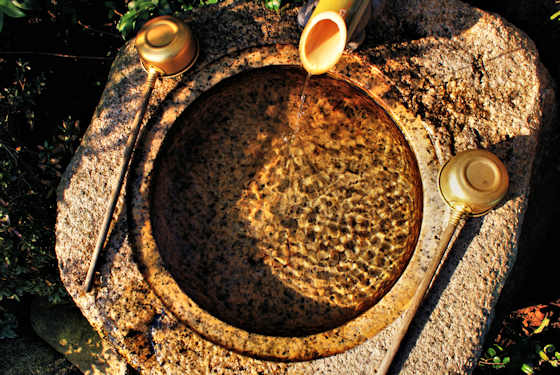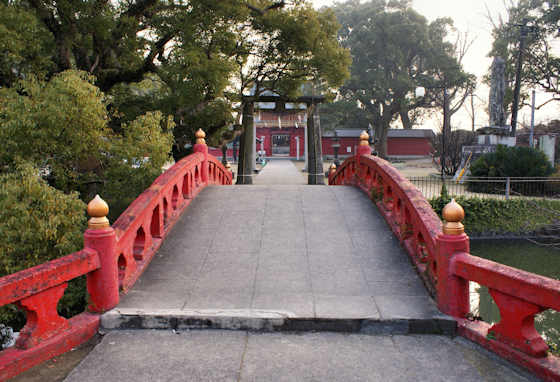January 4th, 2015, was the 55th day of my walk around Kyushu. I started from Amagi Station in Asakura, Fukuoka, and walked west across the Chikuzen Plain north of the Chikuzen River and ended at Tosu just inside Saga Prefecture. As with all my walks around Japan I kept my eyes open for manhole covers. These are eight I found that day. This first one depicts den-den daiko, a kind of drum. I cannot find any connection to Amagi.
This next one is from Asakura City. Not sure but that is probably Egawa Dam, though it could be one of the other dams within the city limits.
This is from Miwa Town. In 2005 Miwa was merged with another small town to form the new town of Chikuzen, which was the name of the former province that became Fukuoka. The town flower was wisteria, and the town tree was pine.
I am guessing this small manhole is from Chikuzen and features, I think, the Japanese Bush Warbler, known as uiguisu in Japanese, as well as more wisteria.
This full-size manhole cover from Chikuzen features pine, cosmos flowers, and warblers.
Yet another Chikuzen design with a warbler, cosmos, and a water wheel, though I'm not sure what the building is. In neighboring Asakura, they have
more famous waterwheels but I think this one is connected.
By the afternoon I had reached Ogori which also features wisteria, this time in a geometric design.
I then crossed into Tosu City in Saga whose city flower is the Japanese Iris.
I have posted many times on Japan's unique manhole covers. Unfortunately many of the older posts no onger have photos, but
more recent ones can be seen here. All the previous posts on my epic walk around Kyushu can be accessed by clicking the
Kyushu108 tag below.
Japan Goods

































































